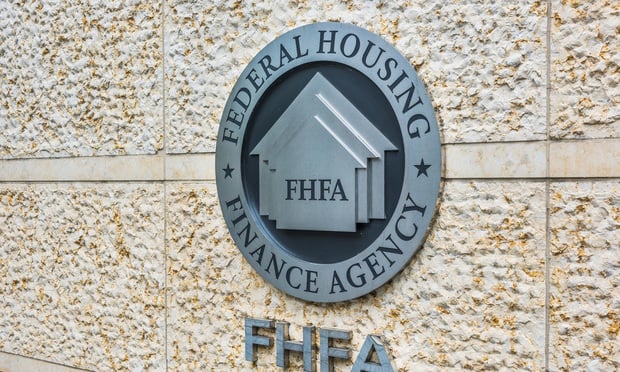
McLEAN, VA–Average mortgage rates are moving up as the year end approaches, according to Freddie Mac's Primary Mortgage Market Survey. If this trend continues, it could have an impact on home sales, which have been very robust for the last year — in no small part because of the relatively low mortgage rates.
Freddie Mac reports that the 30-year fixed-rate mortgage averaged 3.94% with an average 0.5 point for the week ending December 21, 2017, up from the previous week when it averaged 3.93%. A year ago at this time, the 30-year fixed-rate mortgage averaged 4.3%. The 15-year fixed-rate mortgage averaged 3.38% with an average 0.5 point, up from the previous week's 3.36%. A year ago, it was 3.52%. The 5-year Treasury-indexed hybrid adjustable-rate mortgage (ARM) averaged 3.39% this week with an average 0.3 point, up from last week when it averaged 3.36%. A year ago at this time, the 5-year ARM averaged 3.32%.
There was a surge in long-term interest rates that followed the passage of the tax bill. Assuming the increase remains in place mortgage rates in next week's survey will likely be higher, says Freddie Mac's Deputy Chief Economist Len Kiefer in a prepared statement.
That is not to say that interest rates jumped solely due to the tax bill. The Federal Reserve raised the benchmark interest rate at its last meeting; also as Kiefer notes, 30-year fixed mortgage rates have been bouncing around in a narrow 10 basis points range since October. In addition the 10-year Treasury yield is down from a year ago, and 30-year fixed mortgage rates are 36 basis points below the level last year at this time. “Mortgage rates are low,” he said.
If, however, rates are an upward trajectory they will have some effect on US home sale prices. Yesterday the S&P Dow Jones Indices released the latest results for the S&P CoreLogic Case-Shiller Indices, which showed that home prices are continuing their rise across the country. It reported a 6.2% annual gain in October, up from 6.1% in the previous month. The 10-City Composite annual increase came in at 6%, up from 5.7% the previous month. The 20-City Composite posted a 6.4% year-over-year gain, up from 6.2% the previous month.
As David M. Blitzer, managing director & chairman of the Index Committee at S&P Dow Jones Indices pointed out with the release of the index, low interest rates, low unemployment and continuing economic growth are underlying the rising prices for both new and existing homes.
Some of these favorable factors may shift in 2018, Blitzer said in a prepared statement. “The Fed is widely expected to raise the Fed funds rate three more times to reach 2% by the end of the New Year. Since home prices are rising faster than wages, salaries, and inflation, some areas could see potential home buyers compelled to look at renting.”
Want to continue reading?
Become a Free ALM Digital Reader.
Once you are an ALM Digital Member, you’ll receive:
- Breaking commercial real estate news and analysis, on-site and via our newsletters and custom alerts
- Educational webcasts, white papers, and ebooks from industry thought leaders
- Critical coverage of the property casualty insurance and financial advisory markets on our other ALM sites, PropertyCasualty360 and ThinkAdvisor
Already have an account? Sign In Now
*May exclude premium content© 2025 ALM Global, LLC, All Rights Reserved. Request academic re-use from www.copyright.com. All other uses, submit a request to [email protected]. For more information visit Asset & Logo Licensing.








